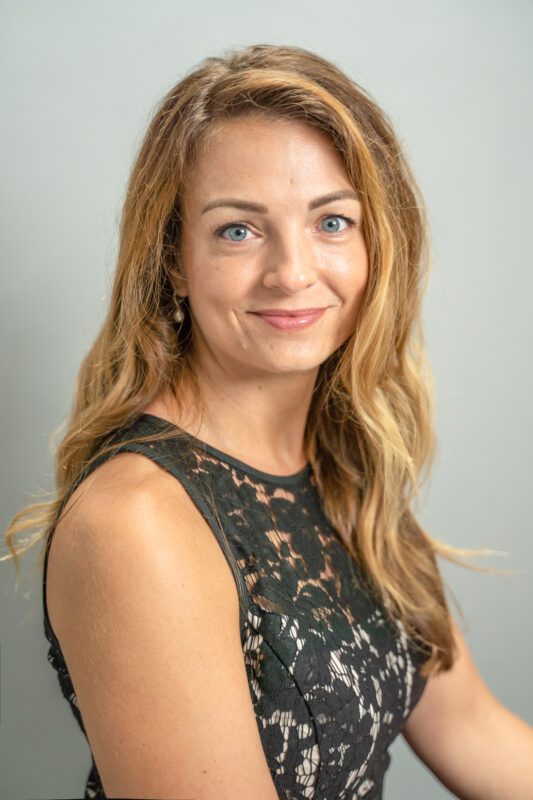
Editor’s note: Stephanie Ackman was named Cybersecurity Executive of the Year (Private Company) on Nov. 12.
The finalists for WashingtonExec’s Pinnacle Awards were announced Oct. 8, and we’ll be highlighting some of them until the event takes place virtually Nov. 12.
Next up is Cybersecurity Executive of the Year (Private Company) finalist Stephanie Ackman, who’s director of information and cybersecurity at Array Information Technology. Here, she talks future focus areas, career challenges and other career advice.
What has made you successful in your current role?
Establishing and nurturing professional connections, both internal and external to ARRAY has made me successful as the director of cybersecurity for ARRAY. Connection is required to establish a safe environment for teams to be willing to innovate and take risks, and it is also the foundation for a more productive team.
What are you most proud of having been a part of in your current organization?
ARRAY is mission/end user focused, and we are consistently striving to deliver exceptional products. The value placed on delighting the customer, and owning the application is embedded into our day-to-day operations. By cultivating close partnerships with our customers, ARRAY teams can deliver tailored solutions specific to the end user mission requirements. That feedback and interaction with the end users make it much easier to experience and communicate the “why” for ARRAY.
What are your primary focuses areas going forward, and why are those so important to the future of the nation?
With the rapid changes in the cybersecurity world, my primary focus areas are:
- Cultivating change in the cybersecurity arena that has traditionally been a regulation-/compliance- check-driven community.
- Continually adopting and implementing more efficient and effective processes while maintaining a heavy team focus. Successful development, production, operation teams will require engaged cybersecurity engineers to keep up with these in order to successfully support the end user.
- Engineering more secure solutions into the life cycle development process to deliver a more secure product to the end user in shorter timelines.
- Incorporate cybersecurity requirements on the front end of a development project to avoid more costly, less efficient/effective solutions that may need to be tacked on later in development.
Looking back at your career, what are you most proud of?
I pride myself in being able to think outside of the box. Cybersecurity has traditionally been a very regulation centric, and it is very easy to get stuck in a process rut. I enjoy dissecting the requirements, assessing existing processed, and then tweaking or automating those processes to be more efficient.
What was your biggest career struggle and how did you overcome it?
As a military spouse and huge supporter of my husband’s career/community, my biggest career struggle has been finding employment each time we moved for the military that was equal to my skills and qualifications. The first few moves were incredibly difficult. It seemed that as soon as I started to get comfortable in a new workplace, it was time to move.
Early on, I accepted the fact that my career progression was not going to traditional, and I started to identify aspects of each position that I wanted to cultivate. The flip side of a nontraditional career is that I have had the opportunity to work on a large variety of projects and teams and have met some of the best colleagues along the way.
What’s your best career advice for those who want to follow in your footsteps?
My best career advice for anyone who would like to follow in my footsteps is to always take the risk and never turn down an opportunity. Whether that be a difficult task at work, volunteer opportunity, a position that may be slightly outside of your area of expertise, professional certification, etc. The cybersecurity world is changing rapidly, and to remain relevant, you must be willing to take risks.

